Pheasants, just like other game birds are liked worldwide. They are among-st the category of upland game birds – in simpler words, it means all those birds that are perfect for poultry and require relative simpler living. You must be thinking that people have pet flocks that include guinea fowl, pigeons, turkey, ducks and chickens, but not really heard about pheasants. Do not worry, this excerpt is all about the basic knowledge that you would require for raising pheasants as a backyard flock.
Pheasant types:
Just like all the other poultry flocks, there are different breeds for pheasants and you can willingly choose which one to rise. The most popular types include;
- Golden Pheasants
- White-eared pheasants
- Ring-necked pheasants
There was a time when people used to have these as pets – in fact, pheasants were used for their exceptional ornamental plumage. However, now the masses have differing reasons and mostly use pheasants for profits. Many breed pheasants for its eggs; similarly, pheasants are raised for meats and hunting purposes
Feeding:
Your little fellows need hundred percent attention and quality food, they don’t seem to compromise on it. Therefore, for better development and growth you must provide the right kind of pheasant nutrition and food. You must be thinking that you know much regarding feeding pheasants but make sure you provide them with a complete meal. It must include minerals, vitamins and proteins.
You can get some amazing ready made branded products in the market; it’s even better to order online as you can reap maximum discounts.
In case you want to prepare pheasant food on your own, you must keep in mind the following essential facts;
Mixture of grains that include vitamins – it must have vitamin B, E, C; also, sodium and calcium would help in better growth of the bird.
Housing for pheasants:
Pheasants must have a perfect pheasant coop so that they can be kept safe. Not only the predators are their enemy but the harsh weather also affects the health greatly. Well, you really do not need a brand new coop, you can even use your old chicken coop with a few amendments; you can get one customized or make one on your own. Whatever option you opt, it is very important to make in mind all the features that please the pheasants.
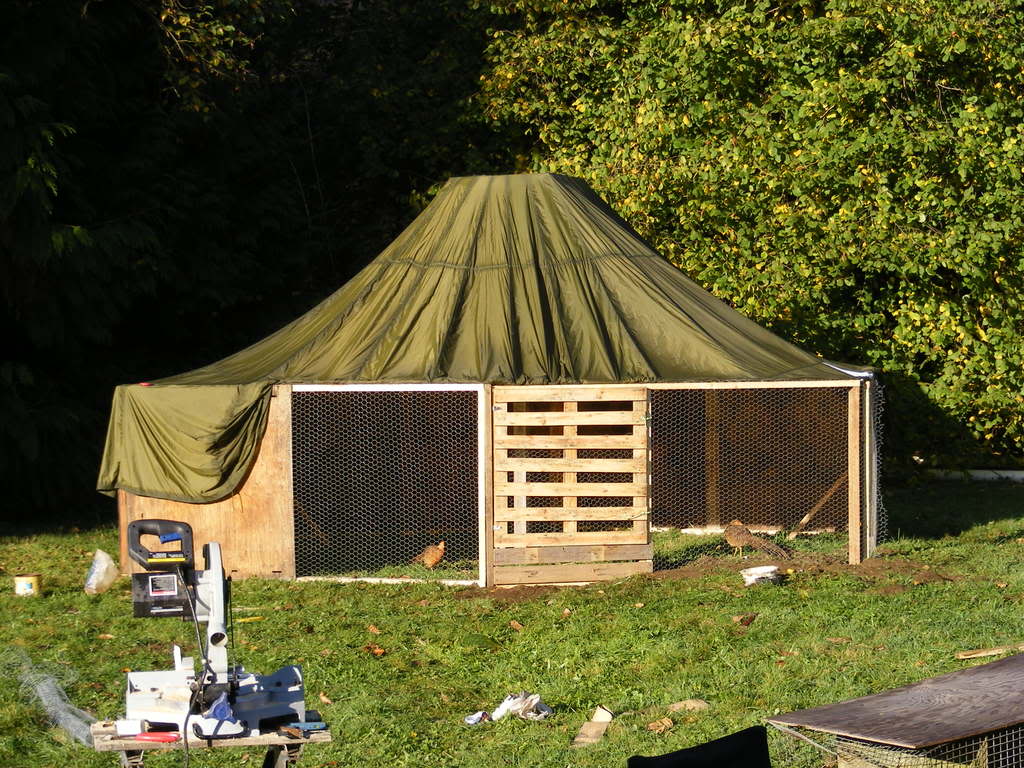
The coop space:
Make sure there is enough space inside the coop so that birds can thrive. Whenever you are checking out the coop plans, make sure you inquire about the bird’s space from the provider. It is said that 1/2 square meter per bird is sufficient.
The coop ventilation:
Without proper ventilation, your pheasants would feel suffocated and annoyed. If proper ventilation you can easily overcome the problem of dirt, smell, moisture and diseases. In addition, you must necessary measures to overcome the seasonal variations – indeed; you would not want your birds to freeze to death in chillers. Similarly, you would never want to see any bird dead in the coop’s run due to heat stroke. If the pheasant coop has big, wired windows and fans, things would remain just perfect.
Breeding:
Breeding Pheasants are always a fun activity – it is like growing a pheasant family with grandparents and their kids running here and there. However, you cannot breed this bird like other poultry birds – they produce babies during a specific time and that is between February and May. Now, you know this so you can easily start breeding the same types or cross breeds to have a big flock.
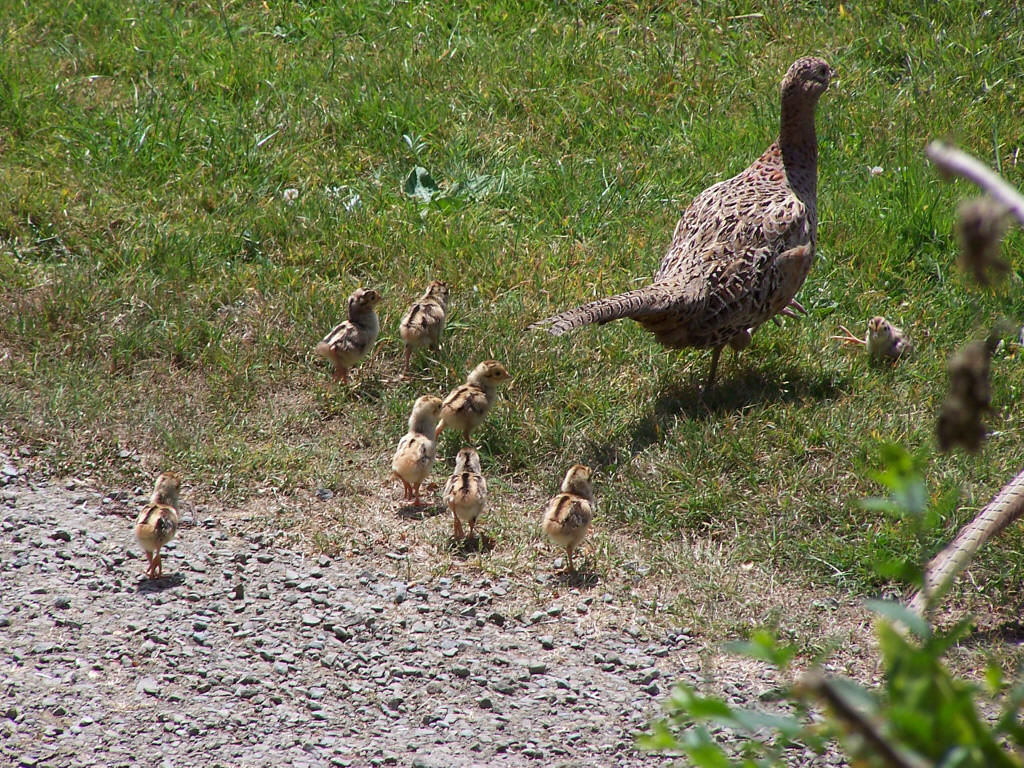
What does female pheasant require?
The basic need is the pheasant-nesting box because the bird feels secure and safe. The female would sit in the box and brood the fertile eggs – after the mating process, new babies would join the league. It is said that the box must be 40 centimeters wide, 40 centimeters long and 20 centimeters high. The base of the box must have a layer of clean soil and upper layer must have straw covering.
Hatching:
The number of fertile eggs varies from breed to breed, but it is seen that, on an average 24 eggs are laid from the pair. This process is followed by incubation until the eggs hatch. Almost one-month duration is needed for incubation and after 25 days almost new pheasant chicks are born.
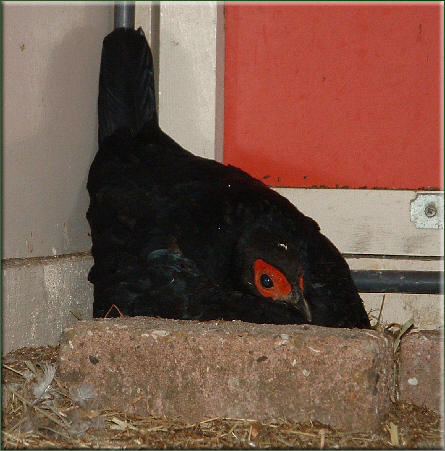
Many farmers, who do not have a broody pheasant, look for an artificial way to incubate the eggs. This is one of the most common ways used to hatch the fertile eggs in poultry. However, once the babies are hatched, they must be kept in the light for some more hours so that they can be kept warm. It is essential to do so, otherwise they would be prone to multiple problems.
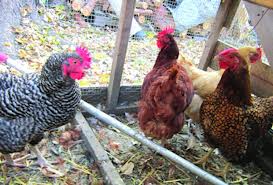
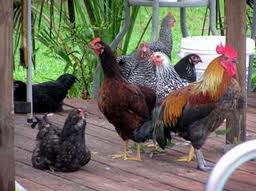
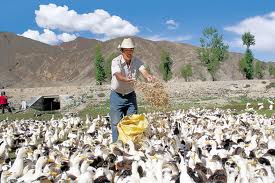
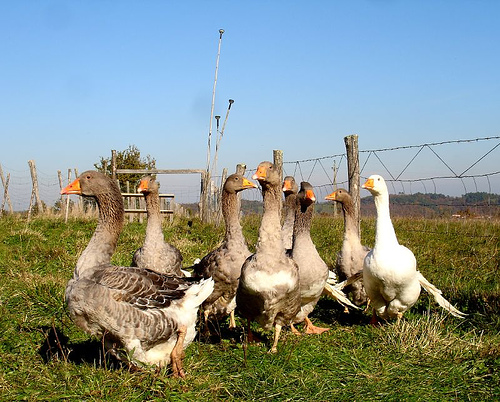
Looking to try quail have done chicken, geese, turkey, duck and pheasant.
Great article.